Kenta Hama
Exploring Uncertainty Measures for Image-Caption Embedding-and-Retrieval Task
Apr 09, 2019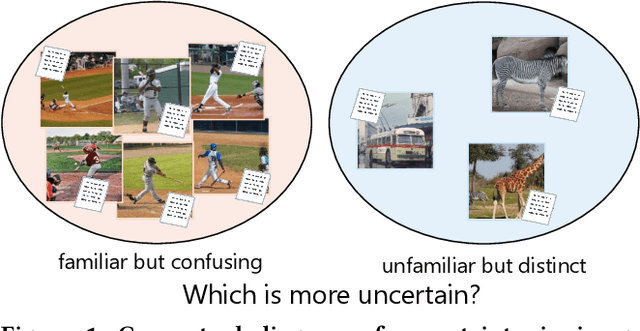
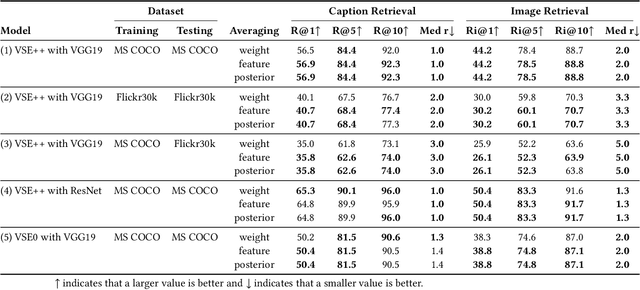

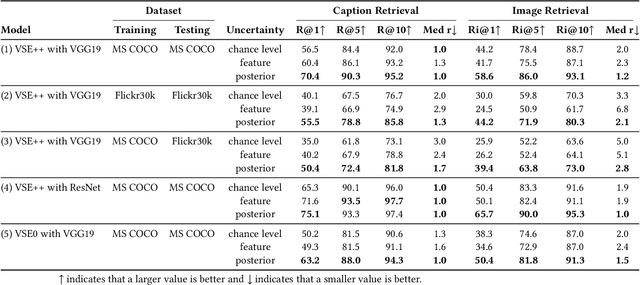
Abstract:With the wide development of black-box machine learning algorithms, particularly deep neural network (DNN), the practical demand for the reliability assessment is rapidly rising. On the basis of the concept that `Bayesian deep learning knows what it does not know,' the uncertainty of DNN outputs has been investigated as a reliability measure for the classification and regression tasks. However, in the image-caption retrieval task, well-known samples are not always easy-to-retrieve samples. This study investigates two aspects of image-caption embedding-and-retrieval systems. On one hand, we quantify feature uncertainty by considering image-caption embedding as a regression task, and use it for model averaging, which can improve the retrieval performance. On the other hand, we further quantify posterior uncertainty by considering the retrieval as a classification task, and use it as a reliability measure, which can greatly improve the retrieval performance by rejecting uncertain queries. The consistent performance of two uncertainty measures is observed with different datasets (MS COCO and Flickr30k), different deep learning architectures (dropout and batch normalization), and different similarity functions.
Deep Generative Model using Unregularized Score for Anomaly Detection with Heterogeneous Complexity
Sep 04, 2018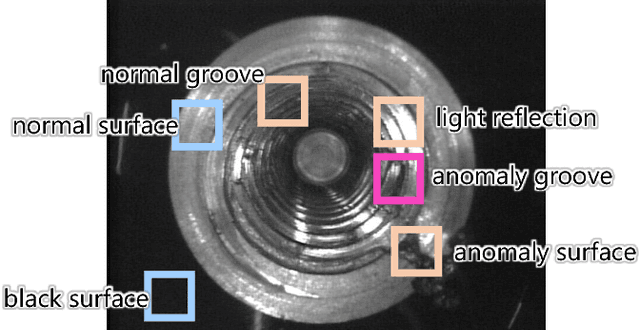
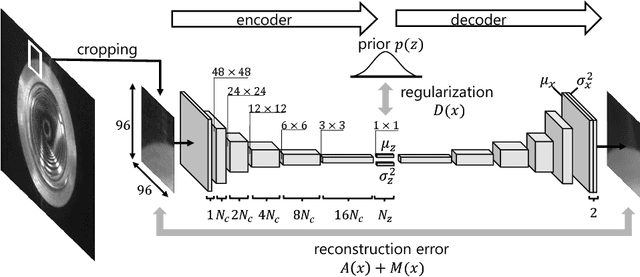
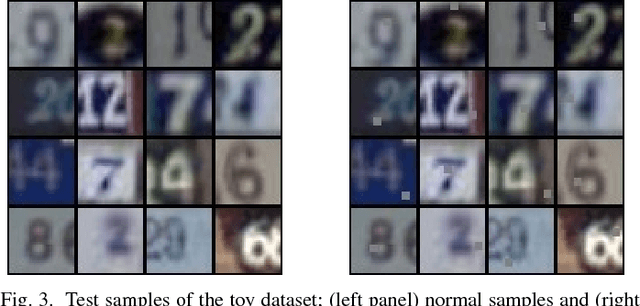
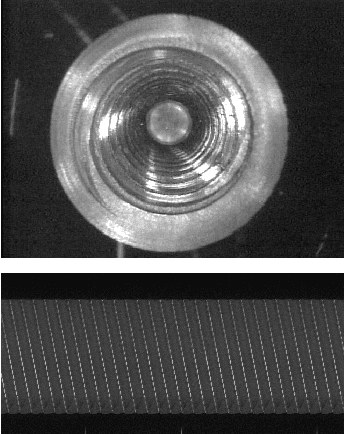
Abstract:Accurate and automated detection of anomalous samples in a natural image dataset can be accomplished with a probabilistic model for end-to-end modeling of images. Such images have heterogeneous complexity, however, and a probabilistic model overlooks simply shaped objects with small anomalies. This is because the probabilistic model assigns undesirably lower likelihoods to complexly shaped objects that are nevertheless consistent with set standards. To overcome this difficulty, we propose an unregularized score for deep generative models (DGMs), which are generative models leveraging deep neural networks. We found that the regularization terms of the DGMs considerably influence the anomaly score depending on the complexity of the samples. By removing these terms, we obtain an unregularized score, which we evaluated on a toy dataset and real-world manufacturing datasets. Empirical results demonstrate that the unregularized score is robust to the inherent complexity of samples and can be used to better detect anomalies.
 Add to Chrome
Add to Chrome Add to Firefox
Add to Firefox Add to Edge
Add to Edge